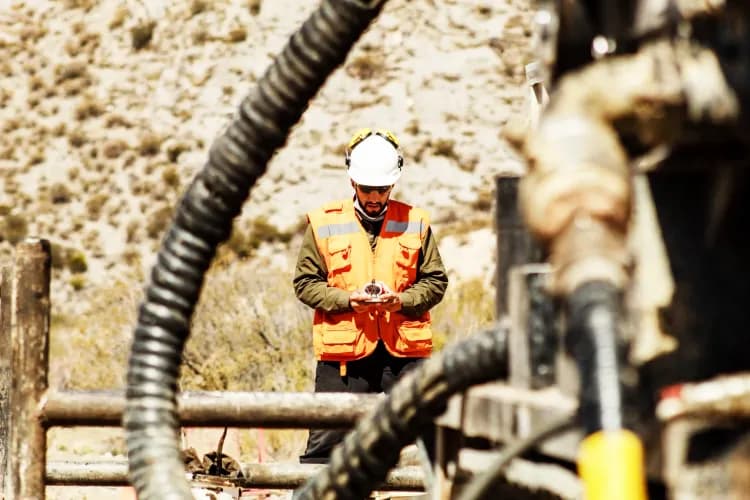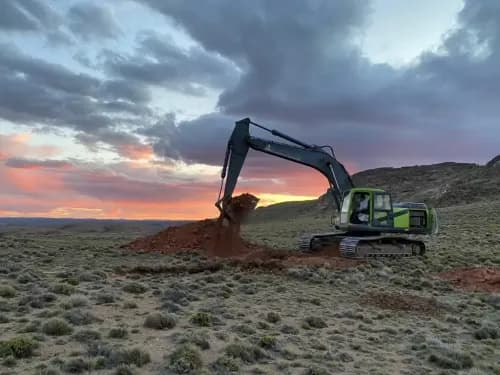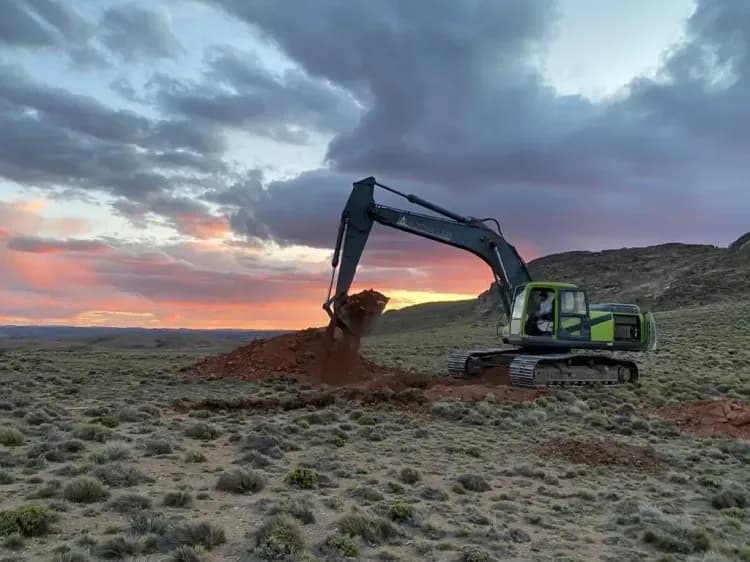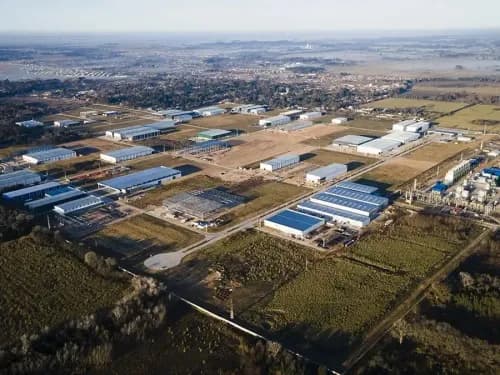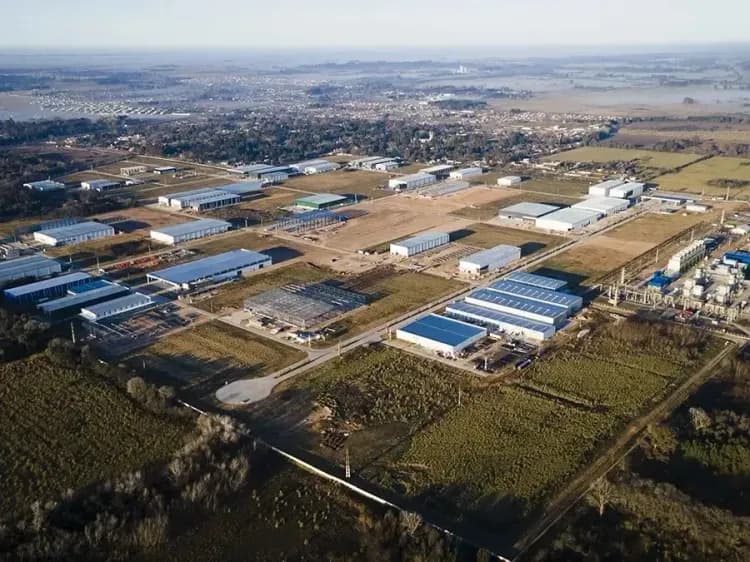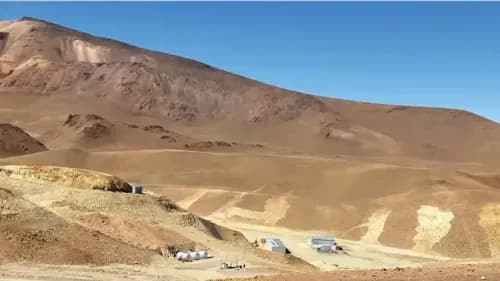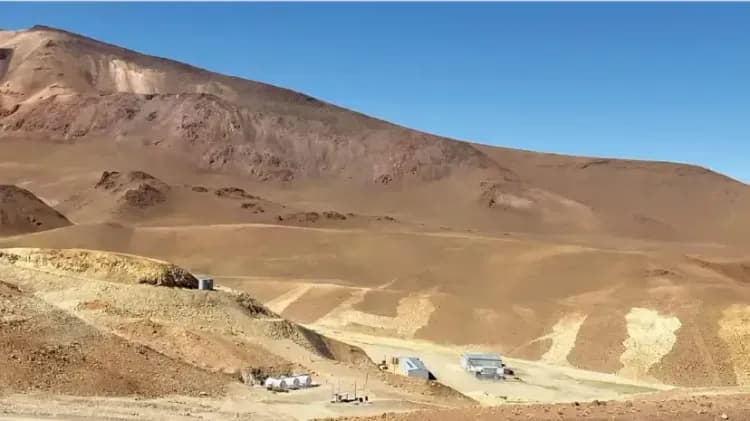The Nuclear Energy Agency (NEA) and the International Atomic Energy Agency (IAEA) have just published the 30th edition of the “Red Book”, the highly regarded publication known worldwide as the reference in data related to Uranium Resources, Production/Supply and Demand. This report provides analyses and insights from 62 uranium-producing and consuming countries – some participating for the first time.
By Panorama Minero
According to the publishers, the present edition reviews world uranium market fundamentals and presents data on global uranium exploration, resources, production and reactor-related requirements. It offers updated information on established uranium production centres and mine development plans, as well as projections of nuclear generating capacity and reactor-related requirements through 2050.
Uranium is the primary raw material fuelling all nuclear fission reactors today. Countries around the world rely on it to generate low-carbon electricity, process heat and hydrogen as part of their strategies to reduce carbon emissions and increase energy security and supply. No form of nuclear fission power – of any kind – is possible without relying on uranium.
Meeting in Vienna: Uranium Group celebrates the 60th anniversary of the Red Book
The 60th meeting of the Joint NEA-IAEA Uranium Group (UG) took place in Vienna, Austria, from 10-14 February 2025, bringing together more than 50 experts from the NEA and the IAEA member countries. The UG supports periodic assessments of global uranium supply and examines its adequacy to projected demand, ensuring accurate and comprehensive reporting for long-term nuclear fuel cycle planning.
This milestone meeting provided a platform for in-depth discussions on the past, present, and future of uranium resources, supply, and demand, as well as emerging challenges and advancements in exploration, production, and environmental protection technologies.
A key highlight of this year’s meeting was the celebration of the 60th anniversary of the Red Book —the world’s leading uranium reference and the only multi-government sponsored publication on the subject, officially known as Uranium: Resources, Production and Demand. First published in 1965, this joint NEA-IAEA report has played a crucial role in providing reliable data and analysis on global uranium resources and demand, helping policymakers, industry stakeholders, and researchers make informed decisions.
During the meeting, experts from member countries shared updates on national uranium programmes, advancements in exploration and mining technologies, and environmental impacts and protection measures related to mining and ore processing. In recognition of the Red Book’s anniversary, the agenda also featured a series of industry-focused presentations from leading uranium and nuclear fuel cycle utilities and associations. These discussions provided valuable insights into how the uranium sector is adapting to meet the forecasted growing global demand for nuclear energy.


